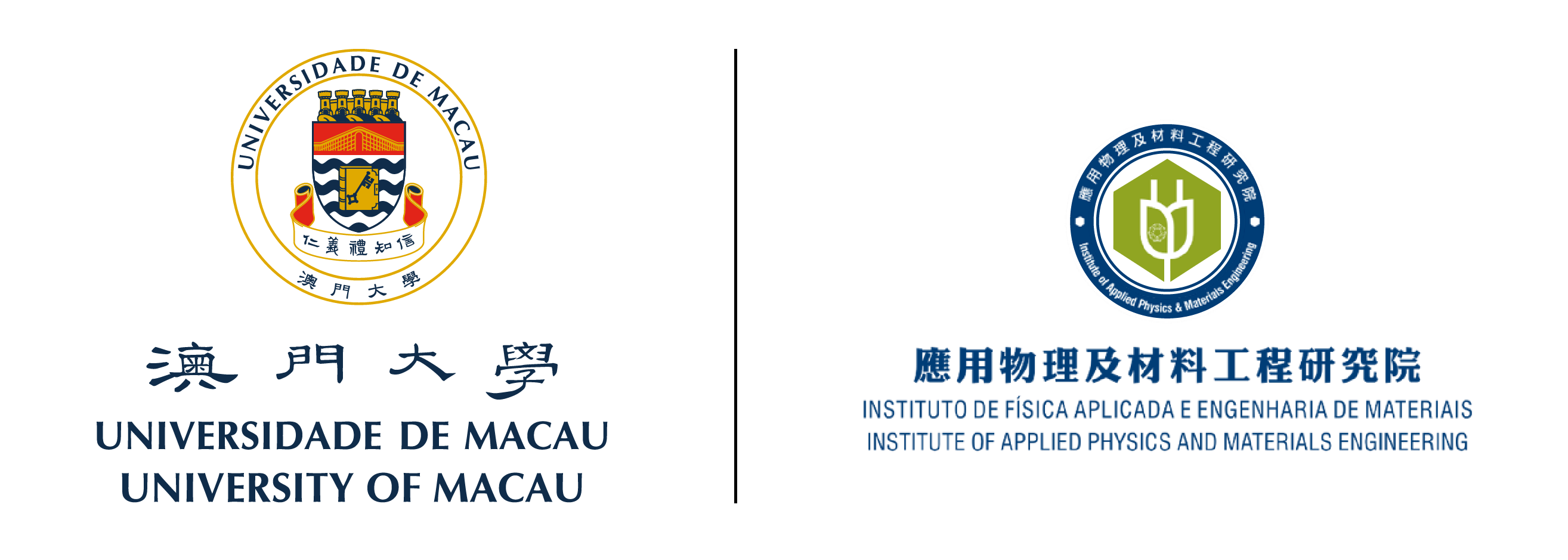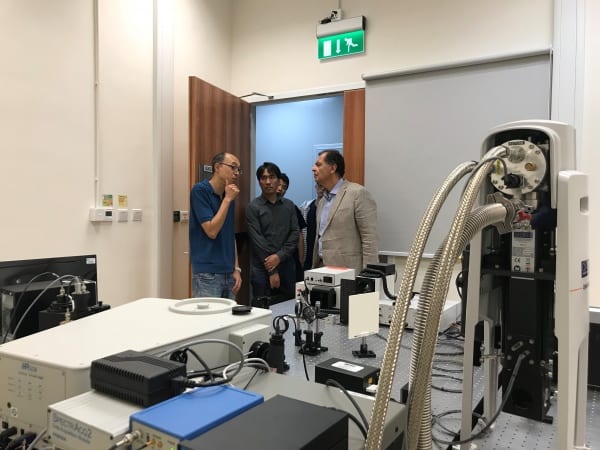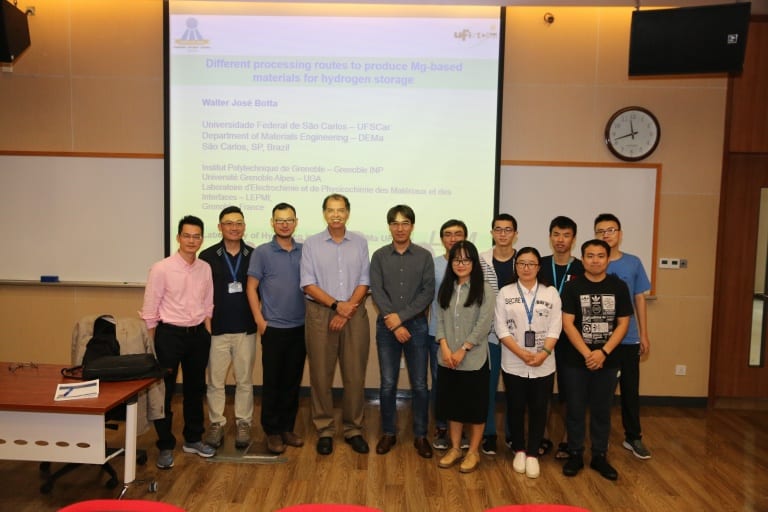On 24 October, Prof. Walter José Botta from Universidade Federal de São Carlos, Brazil was invited to give a talk on “Different Processing Routes to Produce Mg-based Materials for Hydrogen Storage” at IAPME, chaired by Prof. Huaiyu Shao.
During the talk, it was discussed that metal hydrides are one of the promising alternatives to store hydrogen. However, despite the many advantages they present over the competing hydrogen storage technologies, an optimized hydride for mobile application has not been fully developed yet. Questions concerning the reduction of desorption temperature, the improvement of absorption/ desorption kinetics and reduction of reactivity are still under intensive study. In many cases these characteristics are affected by the choice of the processing routes to fabricate the precursors metals or alloys and the metal hydrides. In addition to the more traditional high-energy ball milling, different processing routes involving severe plastic deformation or extensive plastic deformation have been used in our group to produce nanostructured Mg (commercial grade), Mg alloys (AZ91 and ZK60 with 2.5 wt.% Mm addition) and Mg-based composites (Mg-TiFe and Mg-LaNi5 mixtures), with attractive combination of properties for hydrogen storage. In the present work the hydrogen storage properties of these different ultra-fine grained systems processed by the following techniques are compared: high-energy ball milling (HEBM), melt-spinning followed by cold rolling, cold rolling, cold forging, high-pressure torsion (HPT) and equal channel angular pressing (ECAP). The hydrogen absorption / desorption properties of the bulk systems compares well with the nanostructured powder and these results are discussed in terms of available interfaces, type and stability of grain boundaries, crystallographic texture, presence of additives and exposed surfaces (cracks). After the talk, Prof. Botta visited the laboratories of IAPME.
Prof. Walter José Botta holds an engineering degree in Materials Engineering from the Federal University of São Carlos (1977), a master degree in Metallurgy by the University of São Paulo (1981) and a PhD in Metallurgy and Science of Materials from Oxford University (1985). He is currently Professor at the Federal University of São Carlos, Editor-in-Chief of the journal Materials Research ISSN 1516-1439 (SCI Journal IF: 1.103) and Coordinator of the Laboratory for Structural Characterization, (Central Facilities for Materials Characterization at UFSCar). His research interests are the development and characterisation of materials with non-equilibrium microstructures, such as amorphous and nanostructured materials including materials for hydrogen storage, and microstructural characterisation of advanced and conventional materials by electron microscopy. His scientific production, can be found at http://www.researcherid.com/rid/E-7763-2010.



